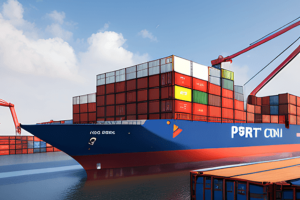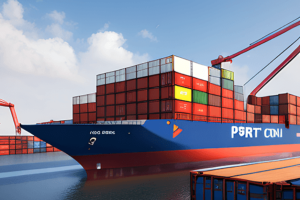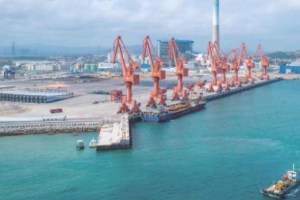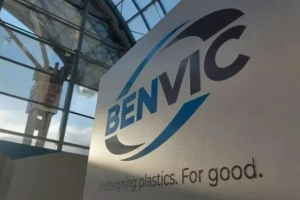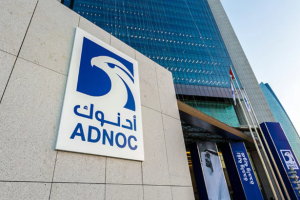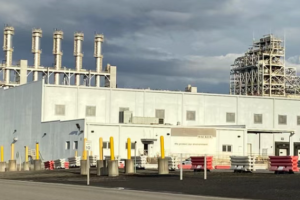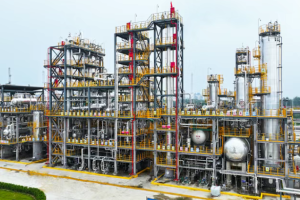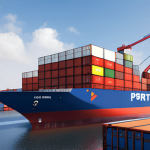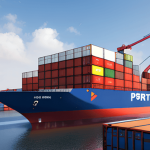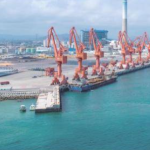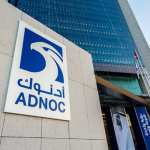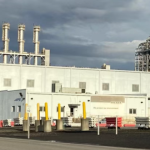July 21, 2025 –
Guangdong Emerges as Global Petrochemical Powerhouse with ExxonMobil Project Launch
China’s southern manufacturing hub has reached a new milestone in chemical industry development with the operational launch of ExxonMobil’s $10 billion Huizhou ethylene complex. The facility, now producing 1.6 million tonnes of ethylene annually, represents the first wholly foreign-owned petrochemical project by an American company in China and anchors Guangdong’s ambitious plans to become Asia’s premier chemicals manufacturing corridor.
The Daya Bay complex’s 2.65 million tonne polyolefins capacity addresses critical supply gaps in China’s specialty plastics market while reducing import dependence. “This startup marks a strategic shift in global petrochemical investment flows,” noted an AsiaMB industry analyst. The project complements existing multinational operations including BASF’s $10 billion Zhanjiang integrated site and CNOOC-Shell’s Nanhai complex.

Guangdong’s petrochemical ascendancy stems from unique competitive advantages:
• 4,100 km coastline with deepwater ports facilitating raw material imports
• Established industrial clusters in electronics and automotive sectors
• Progressive policies supporting foreign investment in advanced manufacturing
• Growing domestic demand for high-performance polymers
The province now hosts five major petrochemical hubs – Guangzhou, Daya Bay, Donghai Island, Maoming, and Jieyang – forming what industry insiders call the “Pearl River Delta Petrochemical Belt.” Together these clusters account for approximately 14% of Guangdong’s GDP through nearly 10,000 chemical enterprises.
Environmental innovation accompanies this industrial expansion. Jieyang’s carbon-neutral industrial park initiative and Maoming’s nuclear-powered chemical zone represent China’s most ambitious green petrochemical experiments. These developments position Guangdong as a testbed for sustainable chemical production methods combining scale with emission reduction.
“Guangdong’s model proves petrochemical growth and decarbonization aren’t mutually exclusive,” commented a provincial industry official. The region’s success in attracting consecutive mega-projects from global chemical leaders underscores its transition from manufacturing workshop to innovation-driven chemicals powerhouse. With additional capacity coming online through 2030, Guangdong appears poised to challenge traditional petrochemical centers in the Middle East and North America for industry leadership.

